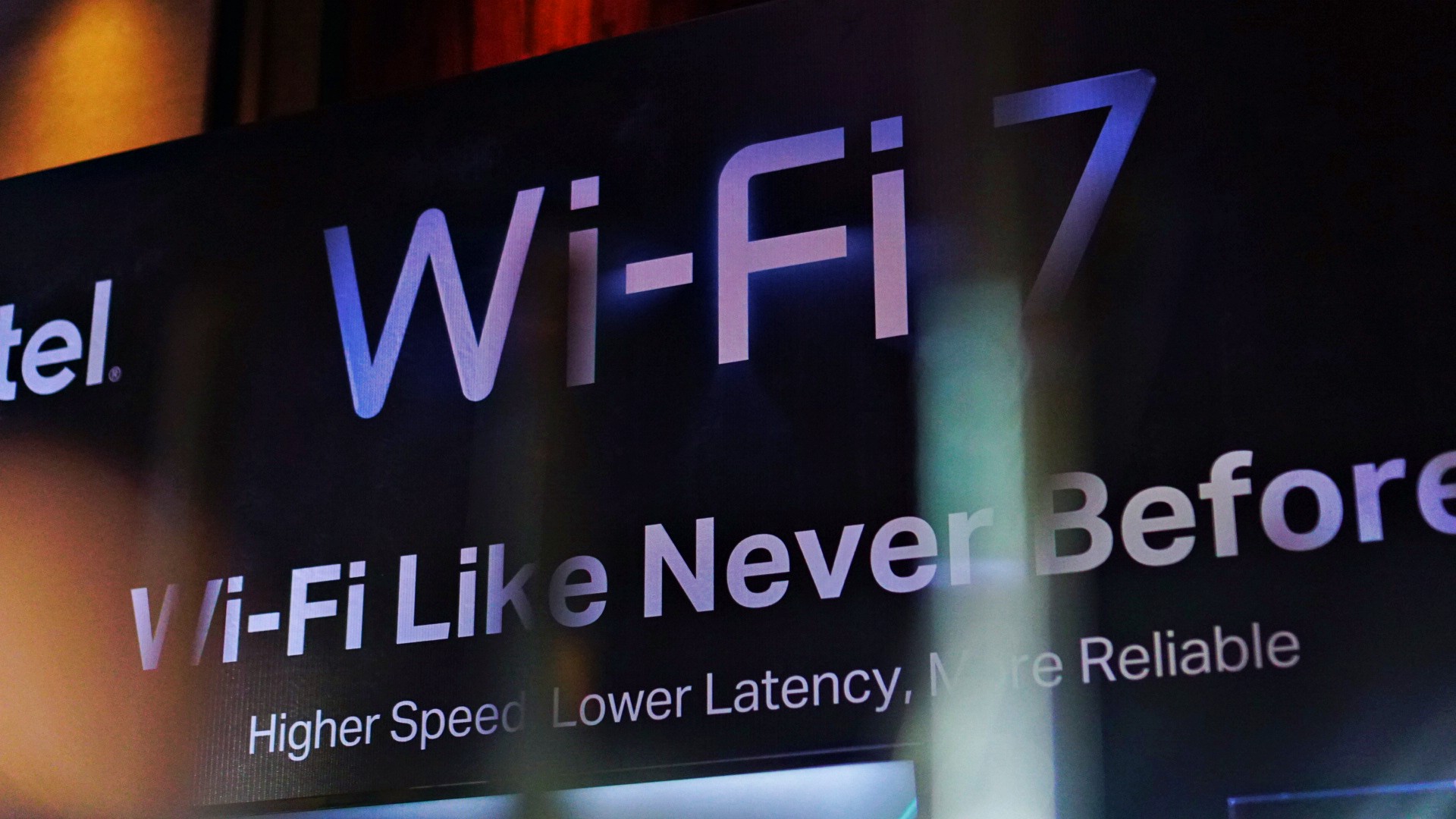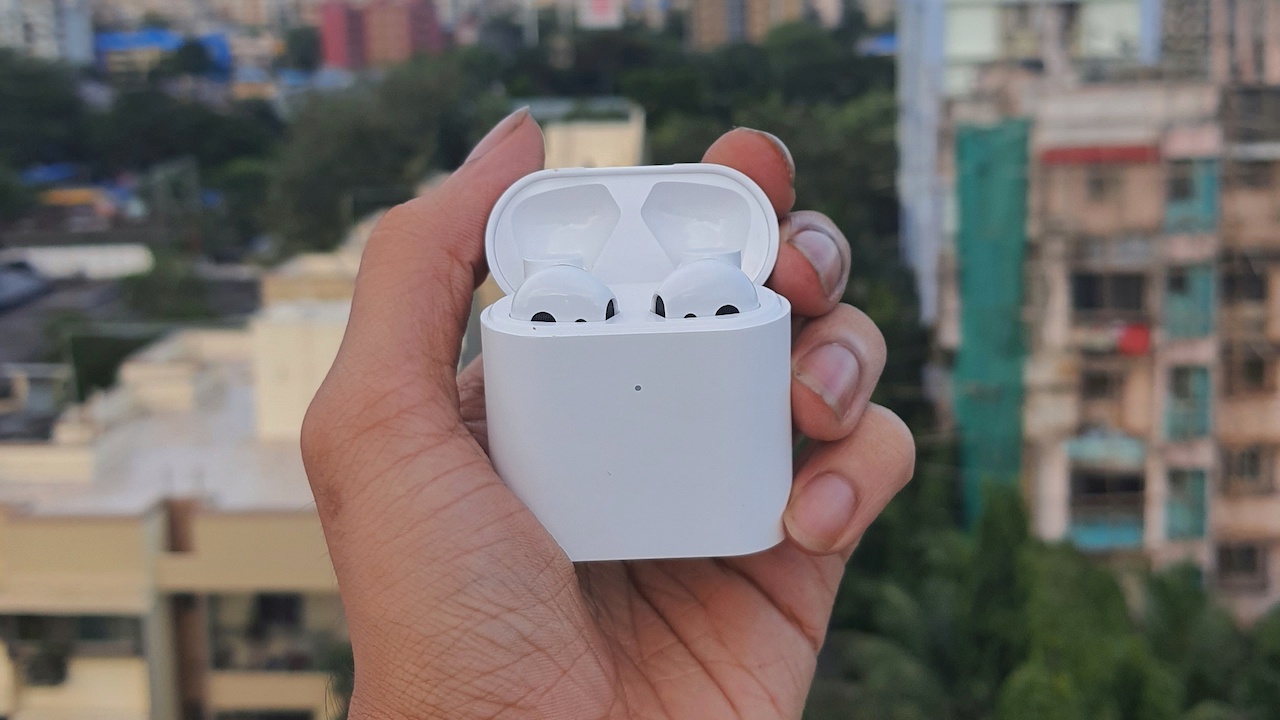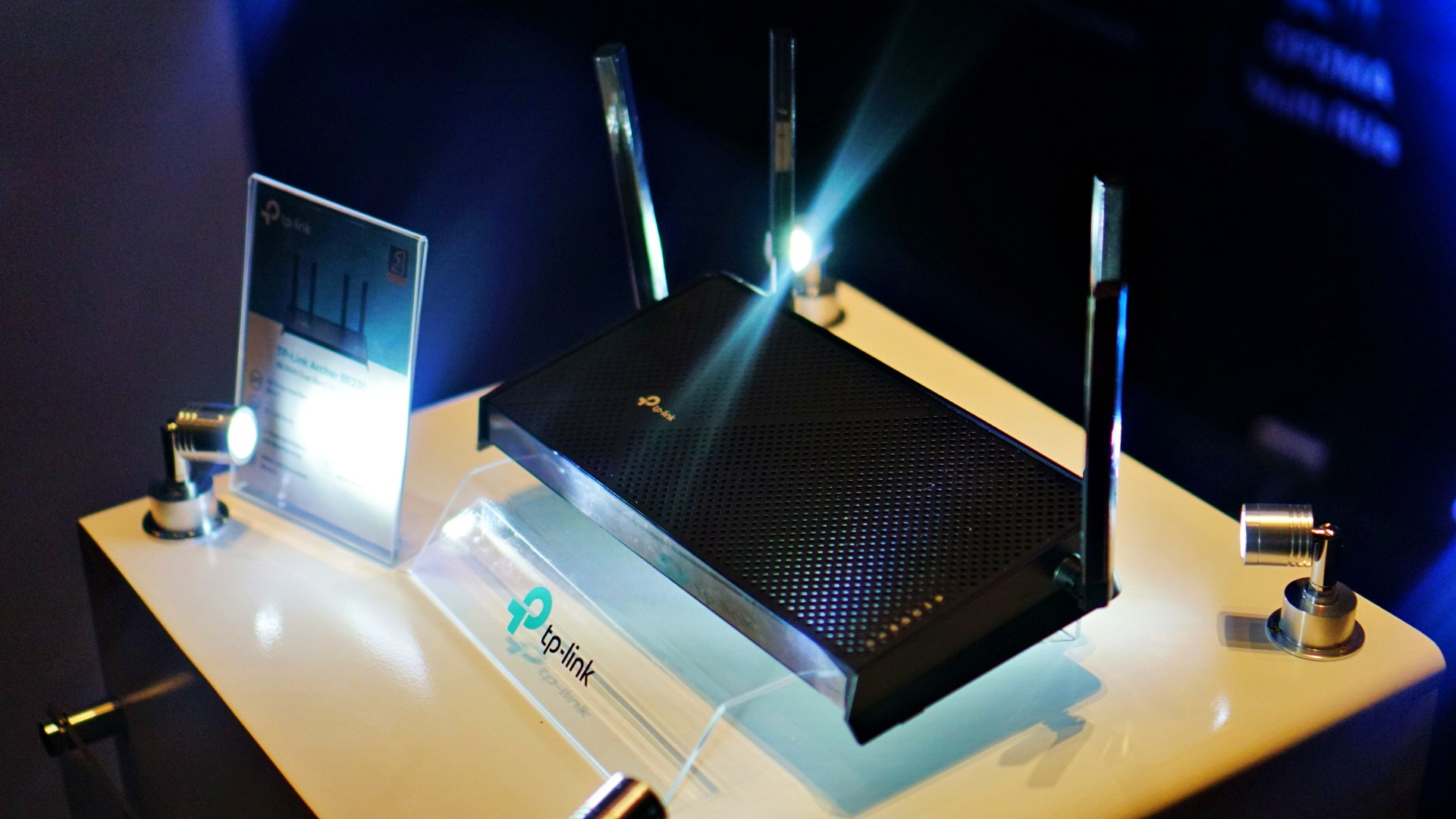Accessories
Mi True Wireless Earphones 2 review: Affordable, but far from perfect
Xiaomi’s premium TWS offering

The truly wireless earphones market is filled with a plethora of options today, ranging from entry-level offerings like the Redmi Earbuds S to the premium Sony WF-1000XM3. However, the most popular TWS earphones are from Apple — the AirPods.
AirPods kickstarted the TWS trend, and since then, pretty much every brand has jumped onboard. Xiaomi is known for its reliable yet affordable products, and it has launched a few options previously, but it was limited to its home market of China.
Now, the brand has finally launched the Mi True Wireless Earphones 2 in India, and it’s pretty much half the price of Apple’s AirPods.
The Redmi Earbuds S is an entry-level offering while Mi branding is now used for the company’s premium offerings. TWS earphones are incredibly convenient to use, and their demand is consistently rising. Can the Mi TWS 2 offer maximum features for the price and go against the competition?
Do they look like the AirPods?
At first sight, you’d think they are the AirPods for a quick second. But it’s soon clear that they aren’t. This is something I appreciate about the Mi TWS 2. In a market filled with AirPods knockoffs, it’s nice to see a different design. However, don’t set your expectations too high.
The earbud’s stem is exceptionally thick, and this is easily noticeable from the side. Thankfully, it doesn’t look that thick from the front view and is oval. The stem is also considerably long, giving the earbud a very bulky look.
The polycarbonate build has a matte finish on the stem while the driver is smooth and shiny. I feel the earphones were designed with utility and features in mind, and aesthetics took a back seat.
If the bulkier design can add more battery life and better drivers, I’m okay with it. This may not be the case with many since they tend to look like cheap AirPods knockoffs.
Each earbud weighs just 4 grams, and they slide in your ears very smoothly. Putting them on is a quick task, and for calls, while driving, these are exceedingly convenient to wear single-handedly. The semi-open design is supposed to be fit-for-all. But, this is where my primary concern lies.
How’s the overall user experience?
The earbuds fit perfectly and are rather stable. But the satisfaction of wearing an earbud is utterly absent because of reduced noise isolation. Even though they’ve never automatically snuggled out, I’m always afraid of losing them while walking. The confidence to wear them outdoors is low.
These too sport gesture-based controls, and the result is below satisfaction. I’d have to try a few times before they actively receive the command. Even play/pause function is rather cumbersome and paired with the loose fit; I’m afraid they don’t fall off.
Thankfully, they have an optical sensor that automatically plays/pauses a song when the earbud is worn or removed. Most times, I’d simply remove them from my ear instead of relying on the gesture buttons.
Lastly, the case is quite basic from a design point of view but gets the job done properly. The plastic build is solid, the lid has magnetic detection, and the earbuds aren’t finicky when plugged for charging. A small LED light on the front will show you the case’s battery status. A USB-C port is located on the bottom.
Pairing them is a straightforward task, and Xiaomi phones will automatically pop-up the status menu just like it’s on iOS. It’ll show you each earbud’s battery percentage along with the case.
But do they sound good?
The brand has added a lot of features on the audio side to make the product look premium. It has support for multiple codecs like SBC, AAC, and LHDC. The last one allows high-resolution audio streaming via Bluetooth. I used the Redmi Note 9 Pro Max to test the Mi TWS 2 and it automatically leveraged the AAC band.
Each earbud houses a 14.2mm audio driver, which isn’t the biggest. But, much of the audio output relies on tuning. Sound testing is also very subjective, so I’ll try to address everyone’s choice.
To start with, the output is very crisp and clear, and the vocals are perfectly heard. If you’re into Bollywood songs or even pop, these should be ideal for you.
Unlike the usual tuning, we see in Indian products; the bass here is well managed. It isn’t too much and ultimately does justice for every user. I’d say these are your GadgetMatch if you listen to podcasts and audiobooks.
The drivers are massively let down by non-existent noise isolation. The design of the earbuds inherently means you can hear pretty much everything happening around you. Even at maximum volume, it just didn’t feel enough.
Lastly, they have “Environment Noise Cancellation” that automatically kicks in when you’re on a call. Background noise is reduced drastically, and everyone I called could feel the change. The overall voice clarity is immensely improved, and high-winds too couldn’t deter them.
How long can they last?
Xiaomi claimed the earbuds can last up to four hours on a single charge and it’s on-point. I was able to get almost four hours with volume at 80 percent.
The case is capable of providing 10 hours of backup, taking the total to fourteen. Thankfully, the case takes just an hour to charge.
Is this your GadgetMatch?
If you’re an audiophile, the simple answer is no. The Mi TWS 2 will disappoint you in many ways. However, if you’re looking for work-related earphones, these are perfect.
Calls are ultra-clear, and the overall experience is better thanks to a loose fit. Keep them on, and get through a full day’s work. On the audio side, hip-hop or bass-intensive genre may not suit well here. However, all other vocal-centric songs shall swing by without a hitch.
With a price of INR 4,499, the Mi True Wireless Earphones 2 is a solid competitor. When compared to the realme Buds Air, these lose out on aesthetics. But, the minor additions from a function point of view are worth the slight bump in price.


TP-Link has officially announced its new Wi-Fi 7 capable devices, including two new Archer routers and the DECO BE25 mesh. Particularly, the Archer BE230 which promises 49% better transmission speed is now available via TP-Link’s Shopee and selected retailers.
TP-Link’s Wi-Fi 7 products revolutionize the way users experience wireless connectivity. Aside from blazing-fast speeds and reduced latency 20% better than previous generation devices, these products come with several features like Multi-Link Operation to optimize network efficiency.
Users can expect better allocation of resources, reduced interference, and smoother data transmission overall. The devices also offer better and more reliable coverage across larger areas, reducing dead zones. The products also come with new security features and enhancements for better network protection. Among them are stronger encryption standards and enhanced defenses against emerging threats.
New Tapo lineup
Aside from the Wi-Fi 7 products, TP-Link has also unveiled a new lineup of smart home products, including the Tapo C425 wire-free security camera. The brand has also released the Tapo Smart Battery Video Doorbell, Tapo C720, and 2K QHD Smart Floodlight Camera, to name a new. These solutions will be released by May 2024.
Price, availability
The TP-Link Archer BE230 is priced at PhP 5,990. The brand will release another router, the Archer BE400, during the third quarter of 2024.
On the other hand, the TP-Link DECO BE25 mesh will be available by June 2024. It will come in the two-pack and three-pack options for PhP 13,990 and PhP 19,990, respectively.
Lastly, the RE235BE range extender and Archer TBE400UH adapter shall be released in June and July 2024, respectively. They are priced at PhP 4,990 and PhP 3,190.
Accessories
Logitech introduces a dedicated shortcut for ChatGPT
Compatible with most keyboards and mice

Artificial intelligence is already meant to simplify a workflow. However, despite the ease, there are still a few ways to optimize the process. Today, Logitech has launched a new shortcut to launch ChatGPT straight from your mouse or keyboard.
Minus programmable hotkeys or buttons, there are hardly any built-in way to easily access an AI model. For a typical workflow, it still consists of manually opening the model on a separate window and keeping it within cursor’s reach throughout the day.
Logitech is simplifying the process by adding a dedicated shortcut for its devices. With a Logitech keyboard or mouse supported by the Logi Options+ app, users can program a keyboard or mouse button for the new Logi AI Prompt Builder.
Once activated, the AI Prompt Builder automatically accesses easy options for highlighted text. For example, users can easily rephrase or summarize the text. Likewise, they can input their own custom queries. By eliminating a few clicks and some typing throughout the day, the new tool hopes to save you time.
While most Logitech keyboards and mice are compatible with the new tool, it is also more easily accessible with the new Logitech Signature AI Edition Mouse. The new mouse has a dedicated button just for AI prompts. If you’re an AI power user, this one is perfect for you.
SEE ALSO: Logitech unveils G Pro X 60 gaming keyboard: Price, details

I’ve got a new favorite pair of headphones.
They look good, sound good, last long, are compact and portable.
Most of all? They are from a brand that I truly love.
But I’m getting ahead of myself.
Here’s are V Major reasons why I love the new Marshall Major V!
-

 Features2 weeks ago
Features2 weeks agoFortify your home office or business setup with these devices
-

 Reviews1 week ago
Reviews1 week agorealme 12+ 5G review: One month later
-

 Gaming1 week ago
Gaming1 week agoNew PUMA collection lets you wear PlayStation’s iconic symbols
-

 Accessories1 week ago
Accessories1 week agoMarshall Major V: Reasons Why I Love It
-

 Gaming1 week ago
Gaming1 week agoMore PlayStation 5 Pro specs have been leaked
-

 Features1 week ago
Features1 week agoWhy choose the MSI Claw?
-

 Gaming2 weeks ago
Gaming2 weeks agoUbisoft is taking away copies of The Crew from your library
-

 Gaming1 week ago
Gaming1 week agoOne Piece Odyssey coming to Nintendo Switch







































